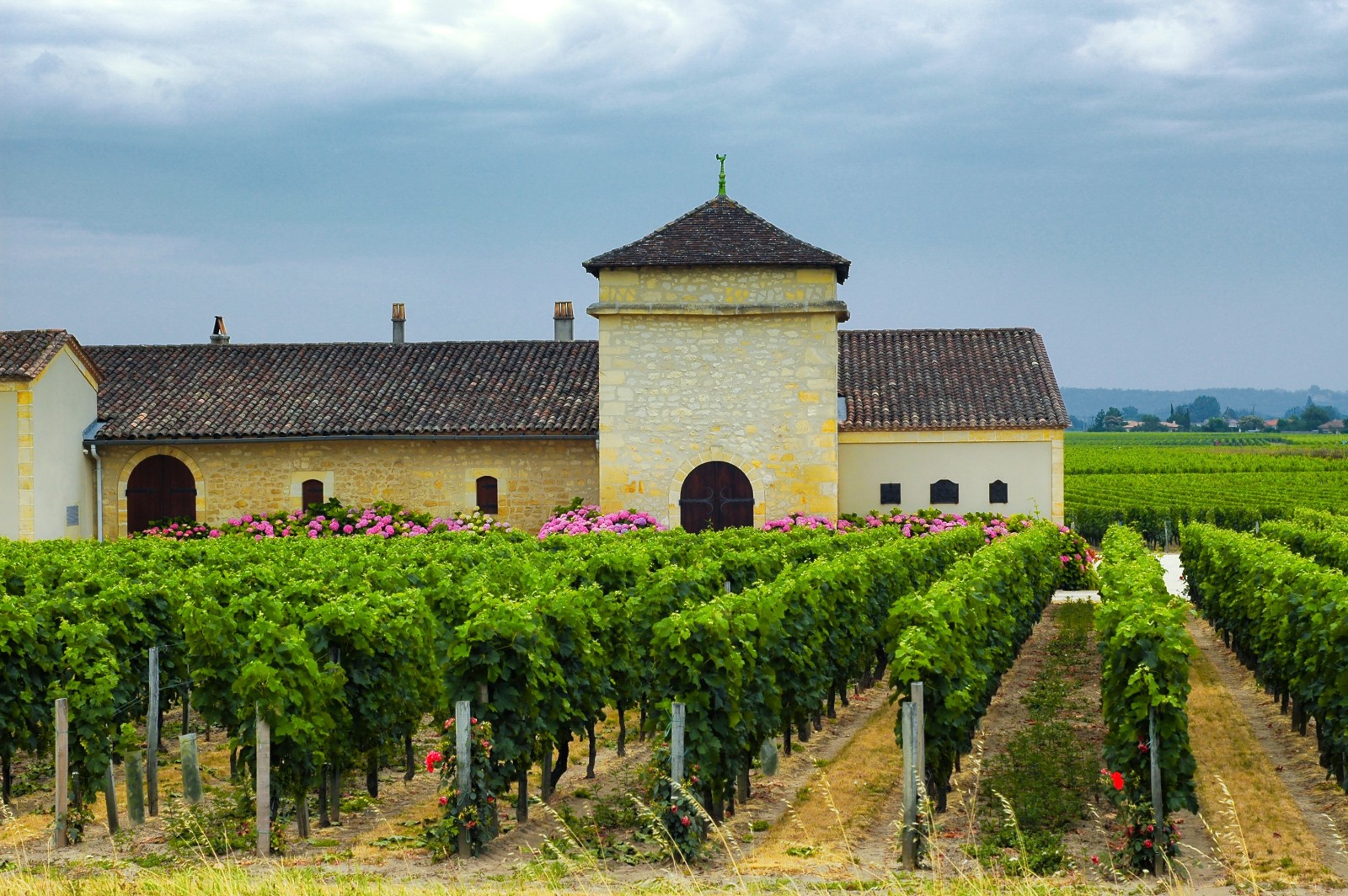
|
The French NGO Générations Futures is calling on the government in Paris to campaign for the ban of the pesticides Folpel and Spiroxamine at European level within this year. The environmentalists base their demands on measurements from Bordeaux and the Rhône, which have shown elevated pesticide levels in the vineyards and their surroundings. They are also fighting for a minimum distance of 100 metres between vineyards and residential buildings to protect residents.
In 2021, they say, the NGO placed six passive sensors in the Gironde department (Bordeaux) for 21 weeks on private plots at a distance of 5 to 515 metres from the first vines. The sensor at 515 metres in the village centre had served as a control. Last year, a measuring device was placed at a distance of 25 metres for ten weeks. The sensors measured a total of 21168 ng of pesticides during the seven measuring periods from April to September. "At a distance of five metres, up to 13,000 ng were found. At 60 metres, it is still over 2,000 ng. Folpel alone accounts for 90.5 per cent of the registered pesticide amounts. It is followed by the active ingredients fluopyram (2.8 %), cyprodinil (1.8 %) and metolachlor (1.47 %)," explains François Veillerette, the press officer of Générations Futures.
The NGO had commissioned the Strasbourg laboratory Yootest to look for 90 molecules in the measuring instruments that the French environment ministry Anses lists as priority substances to be monitored. The active substances folpel and spiroxamine were found to be conspicuously frequent.
"Spiroxamine has been classified by the European Union as a suspected human carcinogen. It accounted for more than 10.5 per cent of the pesticide levels captured by the two sensors during the two periods on the Rhône and 6.8 per cent of the levels recorded on the Gironde in 2022. We therefore demand a minimum distance of 100 metres to protect the population in the immediate vicinity of the vineyards", François Veillerette continues.
(ru / source: Vitisphere; photo: 123rf.com)